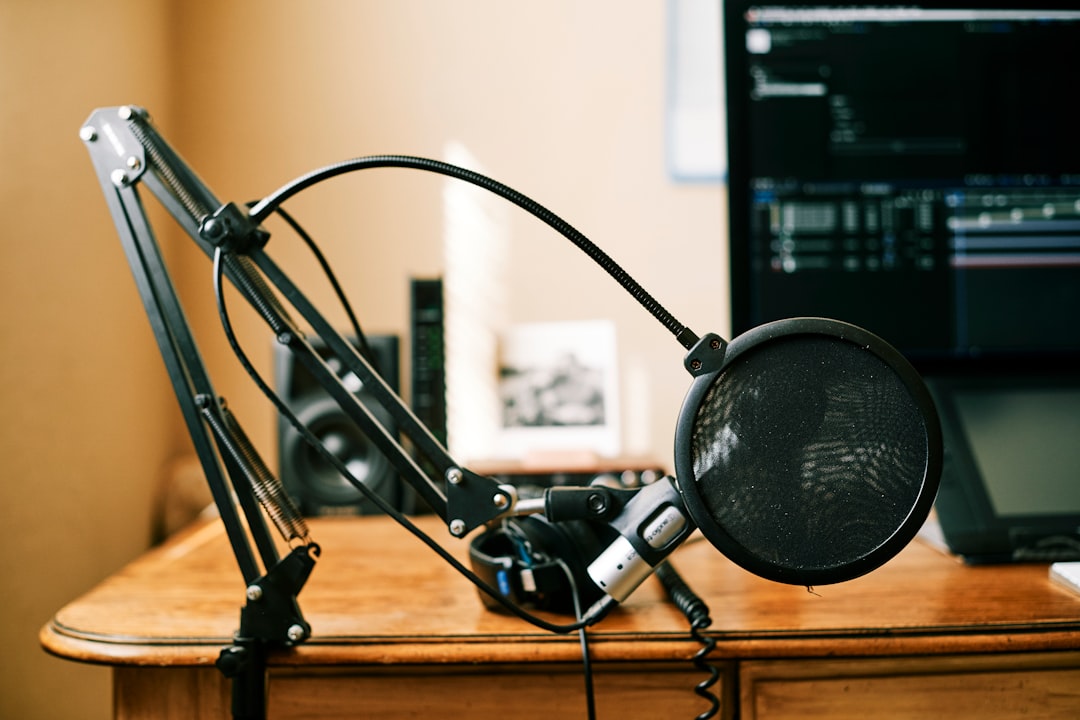My Review of Sleep Stories and Guided Meditations (do They Work?).
My Review of Sleep Stories and Guided Meditations (do They Work?)
For years, the nightly ritual of trying to fall asleep felt more like a competitive sport I was constantly losing. My mind would race, cataloging the day’s events, planning tomorrow’s tasks, or simply conjuring up an endless reel of anxieties. Sleep, that elusive dream, seemed to be perpetually just out of reach. Sound familiar? You’re not alone. In my quest for a peaceful night’s rest, I, like many others, stumbled upon the booming world of sleep stories and guided meditations. These auditory aids promised tranquility, a gentle nudge into slumber, and a calmer mind. But do they actually work? After dedicating several months to a rigorous (and sometimes sleepy) personal experiment, I’m ready to share my honest, unfiltered review.
My Initial Skepticism and the First Dive into Digital Dreamscapes
Let’s be clear: I approached sleep stories and guided meditations with a healthy dose of skepticism. My experience with sleep aids had been a mixed bag, ranging from herbal teas to various relaxation techniques that often felt like more effort than they were worth. The idea of someone narrating me to sleep or guiding my thoughts into a meditative state felt a bit… abstract. Could a voice really quiet the cacophony in my head?
My journey began with the most popular apps, drawn in by their slick interfaces and promises of “deep sleep” and “restful nights.” I started with sleep stories, intrigued by the concept of adult bedtime tales. My first few attempts were, to put it mildly, awkward. Lying in bed, trying to focus on a soothing voice describing a train journey through the Alps or a gentle boat ride across a calm lake, felt forced. My mind still wandered, often criticizing the narrator’s cadence or questioning the storyline. It felt like another task to complete before sleep, rather than an aid. However, I committed to consistency, understanding that any new habit or technique requires time to integrate.
The Learning Curve: Adjusting Expectations and Finding My Rhythm
It took about a week of consistent use for something to shift. I realized that my initial approach was flawed. I was trying too hard to *listen* and *follow* every word, rather than letting the sounds wash over me. The goal wasn’t active engagement, but passive reception. Once I adjusted my mindset, treating the stories as background ambient sound designed to distract my racing thoughts, rather than a podcast I needed to absorb, the experience began to change. This shift in perspective was crucial.
Deconstructing the Dream Weavers: What I Discovered in Sleep Stories
Sleep stories, in essence, are narrated tales designed to be boring enough to let your mind disengage, yet engaging enough to prevent it from latching onto your own worries. They often feature calming themes – nature, travel, everyday routines – delivered in a slow, monotonous, yet pleasant voice. My exploration led me through various types:
- Descriptive Journeys: These were my personal favorites. Narratives about slowly walking through an ancient forest, sailing on a calm sea, or exploring a cozy, imaginary cottage proved incredibly effective. The vivid, yet undemanding, imagery gave my mind just enough to focus on, diverting it from real-world concerns.
- Fact-Based Narratives: Some apps offered “boring documentaries” on topics like the history of socks or the intricate process of bread-making. While initially amusing, I found these less effective. My brain, ever the curious student, sometimes got *too* interested, defeating the purpose of falling asleep.
- Fantasy & Fiction: Gentle, whimsical tales with no high stakes. These were hit or miss. If the story was too compelling, I’d stay awake wanting to know what happened next! The key was finding narratives that were utterly predictable and soothing.
What I found was that the effectiveness of sleep stories hinged on a few factors: the narrator’s voice (calm, steady, not too high-pitched), the pace (slow and deliberate), and the content (mundane, repetitive, and richly descriptive without being exciting). They served as a mental “off-ramp,” guiding my thoughts away from stress and towards a gentle, pre-sleep focus. It wasn’t about the story itself, but the journey it took my mind on.

Beyond Bedtime: How Guided Meditations Reshaped My Evenings (and Mornings)
While sleep stories aim to distract, guided meditations offer a more direct path to mental stillness. These typically involve a narrator guiding you through breathing exercises, body scans, or visualizations aimed at relaxation and mindfulness. My experience here was profoundly different and, in some ways, more impactful.
Initially, I tried using guided meditations specifically for sleep. They worked, but not in the same way as sleep stories. Instead of distracting my mind, they taught me to observe it without judgment. This practice, often involving focusing on the breath or sensations in the body, helped me detach from my racing thoughts. The benefit wasn’t always immediate sleep, but a profound sense of calm that made sleep much more accessible shortly after.
The Broader Impact: More Than Just a Sleep Aid
The real revelation came when I started using guided meditations *outside* of bedtime. A 10-minute meditation in the afternoon could reset my stress levels. A morning session could set a calm tone for the day. This consistent practice began to cultivate a baseline level of serenity that made my evenings naturally less anxious. I learned to identify when my mind was spiraling and, crucially, how to gently bring it back to the present moment. This skill, honed through guided meditation, proved invaluable not just for sleep, but for overall mental well-being.
The principles behind guided meditation align closely with research on mindfulness meditation for sleep and stress reduction. They teach you to observe thoughts and feelings without getting entangled in them, a fundamental skill for anyone struggling with a busy mind at night. For me, it wasn’t just about falling asleep; it was about cultivating a calmer state of being that *facilitated* sleep.
Pinpointing the Pivot: When They Truly Clicked for My Sleep Cycle
So, the million-dollar question: did they work? Yes, but with caveats, and not always in the way I initially expected. They “clicked” for me when I understood their role as tools to support a broader sleep hygiene strategy, rather than magic bullets.
Consistency and Environment are Key
The biggest factor in their effectiveness was consistency. Using them almost every night, even on nights I felt less anxious, built a routine. My brain started associating the specific voices and sounds with winding down. Furthermore, creating the right environment was critical. Dimming the lights, turning off screens an hour before bed, and ensuring a comfortable, quiet room amplified their power. You can’t expect a sleep story to overcome a brightly lit room and a mind buzzing from social media.
Matching the Tool to the Need
- For general mind-racing/anxiety: Guided meditations were superior. They helped me process and release the day’s mental clutter, fostering a deeper sense of peace. For those interested in a deep dive into mindfulness, these are an excellent starting point.
- For specific difficulty initiating sleep (but already calm): Sleep stories shone here. When my mind was mostly quiet but just needed that final gentle push over the edge into slumber, a well-chosen story was perfect. They leveraged the science behind storytelling and relaxation beautifully.
- For mild to moderate insomnia: Both were beneficial, especially in conjunction with improving your sleep hygiene. They offered a structured way to quiet the mind when traditional methods failed.
There were nights they didn’t work. On particularly stressful evenings, or when physical discomfort was present, even the most soothing voice couldn’t break through. This taught me that they are powerful aids, but not panaceas. They work best when you’re also addressing other foundational aspects of sleep, like diet, exercise, and overall stress management.
The Honest Verdict: My Take on Their Real-World Sleep-Inducing Power
After months of trying various sleep stories and guided meditations, my verdict is a resounding yes, they can absolutely work – but with significant nuances. They aren’t a guaranteed cure for severe insomnia, but they are incredibly effective tools for improving sleep quality, reducing sleep latency (the time it takes to fall asleep




Post Comment